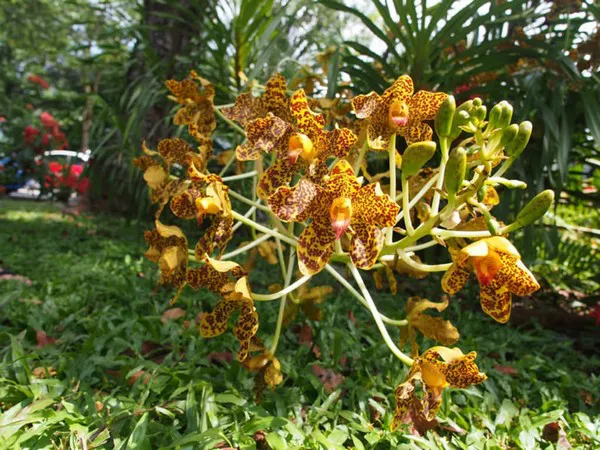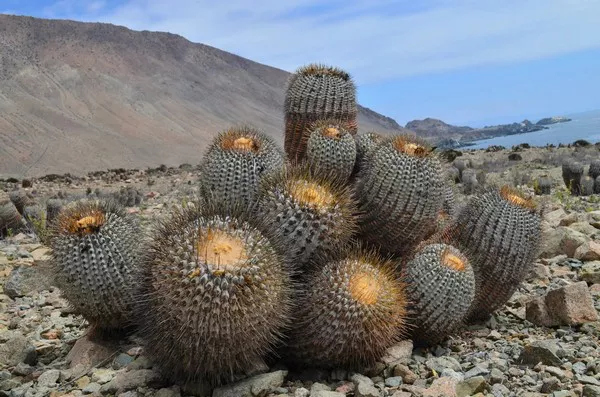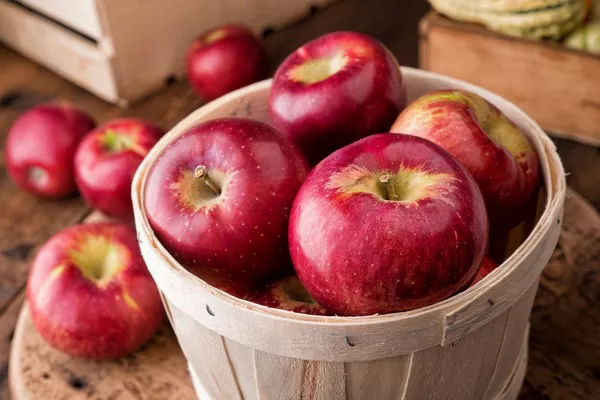Orchids, known for their intricate beauty and diversity, encompass a vast array of species found across the globe. Among these botanical marvels, one stands out for its sheer size and splendor: the largest orchid in the world. With its impressive stature and captivating blooms, this extraordinary orchid species captivates enthusiasts and botanists alike, offering a glimpse into the remarkable diversity of the orchid family.
Introduction to Orchids: A World of Diversity
Orchids are among the largest and most diverse families of flowering plants, comprising over 25,000 species and countless hybrids. From the delicate Phalaenopsis to the vibrant Cattleya, orchids exhibit a breathtaking range of colors, shapes, and sizes, making them a favorite among plant enthusiasts and collectors worldwide.
While orchids are found in almost every corner of the globe, they are particularly abundant in tropical regions, where they thrive in diverse habitats ranging from rainforests to mountainous terrain. Orchids have adapted to a wide range of environmental conditions, demonstrating remarkable resilience and versatility in the face of changing landscapes.
Despite their diversity, orchids share certain characteristics that distinguish them from other flowering plants. These include specialized reproductive structures, such as the unique column found in the center of the flower, which facilitates pollination by attracting insects and other pollinators.
Exploring the World of the Largest Orchid Species
The title of the largest orchid in the world is bestowed upon a species known as Grammatophyllum speciosum, commonly referred to as the giant orchid or tiger orchid. Native to the rainforests of Southeast Asia, including Malaysia, Indonesia, and the Philippines, this magnificent orchid species is renowned for its impressive size and spectacular blooms.
Grammatophyllum speciosum is an epiphytic orchid, meaning it grows attached to trees or other structures without parasitizing them. Unlike some orchids that are delicate and fragile, the giant orchid is robust and sturdy, with thick, succulent leaves and pseudobulbs that store water and nutrients during periods of drought.
What sets Grammatophyllum speciosum apart from other orchids is its extraordinary size. Mature specimens can reach heights of up to 10 feet (3 meters) and produce long, arching inflorescences bearing dozens of fragrant flowers. The blooms of Grammatophyllum speciosum are striking in appearance, with vibrant yellow petals adorned with intricate red and brown markings, resembling the stripes of a tiger.
In addition to its impressive size, Grammatophyllum speciosum is also notable for its longevity. Individual plants can live for several decades, with some specimens known to survive for over a century under optimal growing conditions. This remarkable longevity adds to the allure of this extraordinary orchid species, making it a prized addition to botanical gardens and private collections around the world.
Cultivation and Care of Grammatophyllum Speciosum
While Grammatophyllum speciosum is primarily found in its native habitat, it is also cultivated by orchid enthusiasts and collectors in tropical and subtropical regions worldwide. Cultivating this majestic orchid species requires careful attention to its specific requirements and preferences, ensuring optimal growth and flowering.
Grammatophyllum speciosum thrives in warm, humid environments with ample sunlight and good air circulation. In cultivation, it is often grown in large pots or baskets filled with a well-draining orchid mix consisting of bark, sphagnum moss, and perlite. Regular watering and fertilization are essential to encourage healthy growth and flowering, while proper ventilation helps prevent fungal diseases and rot.
During the growing season, which typically occurs from spring to summer, Grammatophyllum speciosum produces new growth and flower spikes. These spikes can emerge from the base of the pseudobulbs or along the length of the inflorescence, eventually developing into clusters of fragrant flowers that can last for several weeks.
After flowering, it is important to provide a period of rest for the plant, reducing watering and fertilization to allow it to recuperate before the next growing season. During this time, the pseudobulbs may shrivel slightly as the plant conserves energy, but they will plump up again once growth resumes.
Conservation Status and Challenges Facing Grammatophyllum Speciosum
Despite its formidable size and widespread distribution, Grammatophyllum speciosum faces several threats in its natural habitat, including habitat loss, deforestation, and illegal collection for the horticultural trade. These factors have contributed to a decline in wild populations, prompting conservation efforts to protect remaining stands of this iconic orchid species.
Conservation organizations and botanical gardens are working to raise awareness of the importance of preserving Grammatophyllum speciosum and its habitat, advocating for the establishment of protected areas and sustainable management practices. By supporting these initiatives and promoting the cultivation of Grammatophyllum speciosum in botanical collections and private gardens, we can help ensure the survival of this extraordinary orchid species for future generations to admire and enjoy.
A Quick Review
The world of orchids is a treasure trove of beauty and diversity, with each species offering its own unique charm and allure. Among the myriad orchids that grace our planet, Grammatophyllum speciosum stands out as a true giant, captivating admirers with its impressive size and magnificent blooms.
As we celebrate the majesty of Grammatophyllum speciosum and other orchid species, let us also recognize the importance of conservation efforts in preserving these botanical wonders for generations to come. By working together to protect their natural habitats and promote their cultivation, we can ensure that the largest orchid in the world continues to enchant and inspire us for many years to come.
You Might Be Interested In:



























